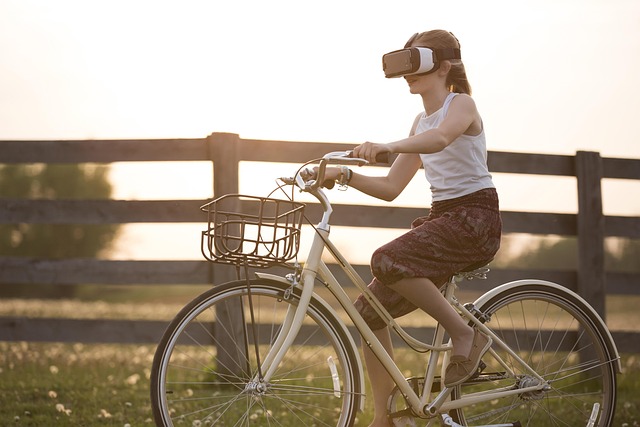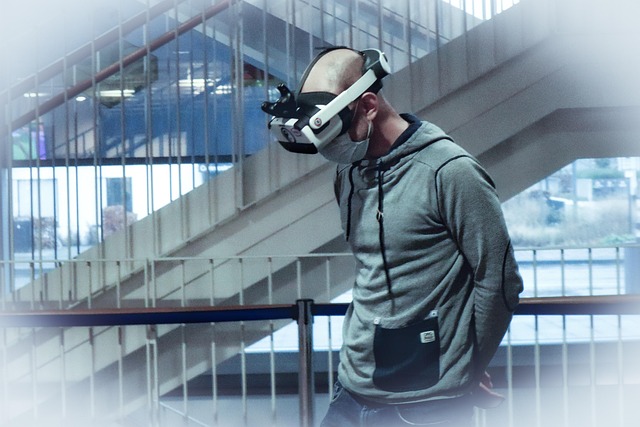In a world where the boundaries of work and personal life continue to blur, the concept of remote collaboration has surged in significance. With an increasing number of employees opting for flexible work arrangements, the reliance on technology to bridge gaps has never been more critical. Enter the dynamic trio of virtual reality (VR), augmented reality (AR), and the metaverse—tools poised to revolutionize the way we interact and collaborate from afar.
Imagine slipping on a VR headset and seamlessly stepping into a virtual office space alongside your coworkers, regardless of where they are in the world. This isn’t a scene from a sci-fi movie; it’s becoming our reality. VR technology offers immersive environments where teams can brainstorm, conduct meetings, and even socialize in lifelike simulations. By fostering deeper connections and enhancing collaboration, VR transforms communication from mere face-to-face video calls into engaging, interactive experiences. Users can manipulate 3D objects, annotate shared screens, and more, all while feeling a stronger sense of presence with their colleagues.
On the other hand, AR complements this experience by overlaying digital information onto the physical world. Imagine wearing AR glasses while collaborating on a project. As you walk through an office, digital models appear, offering insights into design specifications or project timelines right in front of your eyes. This capability enhances understanding and engagement, making it easier to visualize concepts and work on tasks collaboratively, even when team members are miles apart.
The metaverse is the ultimate extension of these technologies—a collective virtual shared space that encompasses both AR and VR elements. Within the metaverse, remote collaboration can evolve into an immersive social experience. Teams can engage in creative brainstorming sessions, attend virtual events, and even host workshops, all within a single interconnected digital realm. As we transition into this metaverse era, the potential for innovation and creativity is limitless. Teams can access graphic models, collaborative tools, and shared experiences, fostering not only productivity but also a culture of connection that transcends geographical limitations.
As we embrace these technologies, the feeling of isolation that often accompanies remote work can diminish, giving way to a more connected workforce. By enhancing interaction and engagement, VR and AR have the power to foster relationships that replicate the richness of in-person connections. The integration of these tools into our everyday work life can create a more inclusive environment, where everyone, no matter their location, feels valued and involved.
Ultimately, the future of remote collaboration lies in our ability to harness the full potential of VR, AR, and the metaverse. As organizations explore these innovative solutions, the dream of working together seamlessly—regardless of distances—becomes a tangible reality. By investing in these technologies, businesses can cultivate an environment where collaboration flourishes, creativity thrives, and teams feel united. The journey into this exciting future is just beginning, and there’s no telling how far we can go when we merge imagination with cutting-edge technology.




